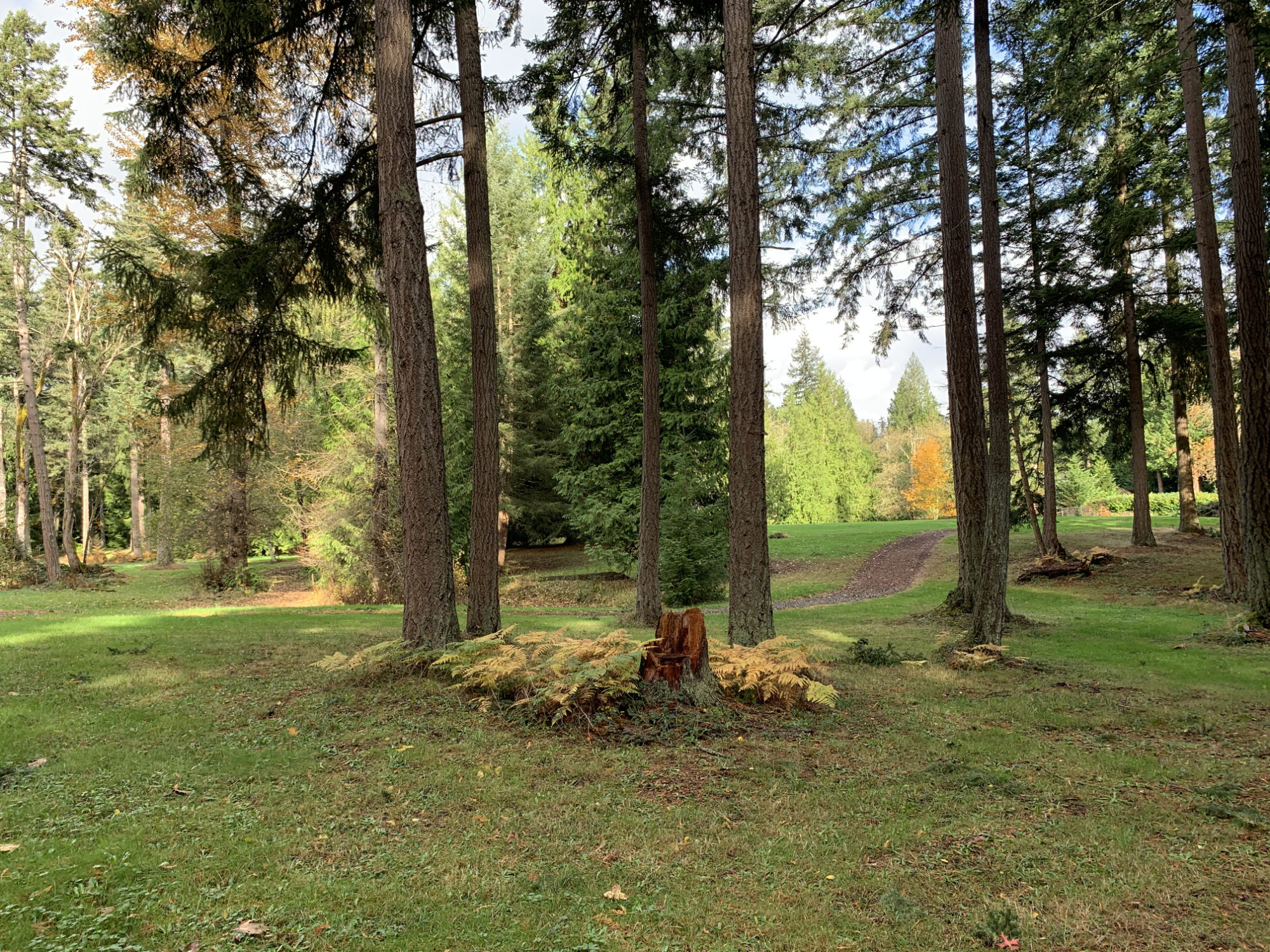Buildings and Development
Development Code
The Sammamish development code protects defined critical areas and promotes environmentally conscious development projects through:
- Avoiding impacts to critical areas
- Mitigation, maintenance, monitoring, and contingency
- Vegetation Management Plan
- Erosion, flood, landslide, and seismic hazard areas
- No disturbance area development standards
- Prohibited land uses and materials
- Wetlands development standards
- Fish and wildlife habitat conservation areas
- Transfer of development rights
- The purpose of the(TDR) program is to preserve partially developed or undeveloped land with important public benefits, such as farmland, forestland, open space, and wildlife habitat, through the private acquisition of the development rights on those lands (“sending sites”) and the subsequent transfer of those rights to lands more suitable for development (“receiving sites”).
Public Works Standards
Environmentally Sensitive Areas are defined in Sammamish’s Critical
Areas Ordinance (SMC Chapter 21A.50) and in the Surface Water Design Manual.
Town Center Development Requirements
- Promote general public safety by regulating
development of lands containing physical hazards and
to minimize the adverse environmental impacts of
development. - Encourage land use decision making in accordance
with the public interest and applicable laws of the state of
Washington. - Protect the general public health, safety, and welfare and provide economic, social, and aesthetic advantages.
- A linear open space - or spine - 120 feet wide extending north of the Lower Sammamish Commons Park and for at least two blocks north of SE 4th Street.
- Was first envisioned in the Sammamish Town Center Plan, and further defined in Sammamish Town Center Infrastructure Plan (TCIP).
